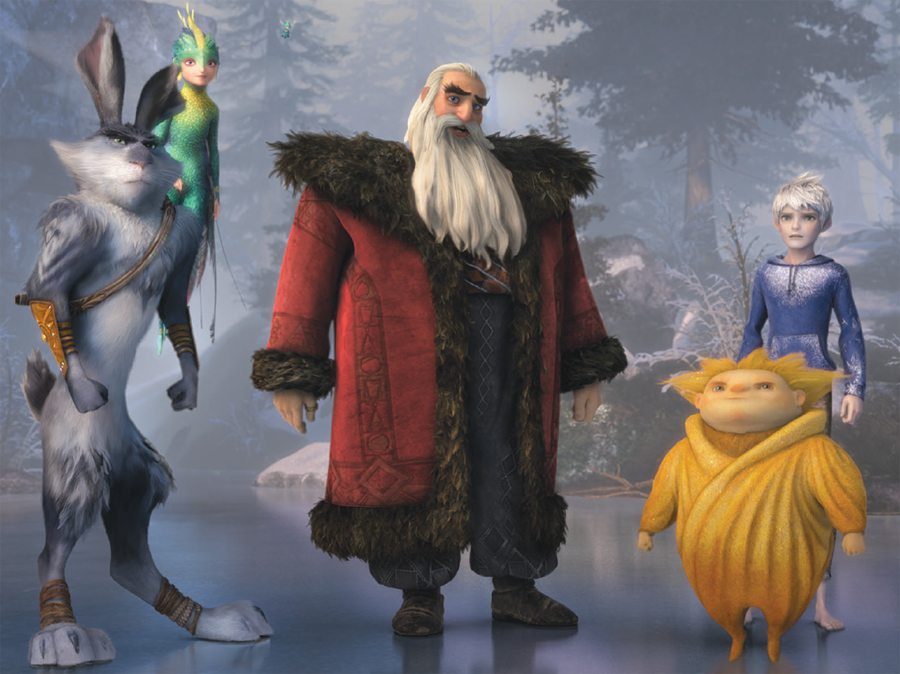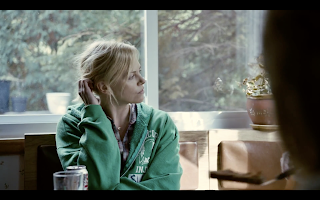"Peter, these are the years when a man changes into the man he's gonna become
the rest of his life. Just be careful who you change into." The Spider-Man film
franchise began in 2002 and has hit the age of identity crisis. It's gone in
three separate directions this year, with
Avengers: Infinity War, Venom, and
Spider-Man: Into the Spider-Verse, but that's how this empire should run. It's leagues better than when one
Spider-Man movie tries to do it all, like when Spider-Man 3 and
The Amazing Spider-Man 1 & 2, each attempted that.
Spider-Man: Into the Spider-Verse is directed by Bob Persichetti, Rise of the Guardian's Peter Ramsey (he's finally back), and Rodney Rothman, and written by Rotham and Phil Lord, and they set out to tell the tale "one last time," seven more times...sorta. When The Kingpin (Liev Schreiber) opens a wormhole that teleports other Spideys into Mile Morales' (Shameik Moore) dimension, he has to use his new powers to help send them home before the wormhole becomes unstable.
Telling Miles' story could backfire simply for being yet another Spider-Man origin onscreen, for being another superhero origin, so the filmmakers are smart to speed through the familiar cliff notes of getting his powers and giving him some villains to fight within the first ten minutes. A lasting moment from this intro is Miles exchanging "good mornings" and secret handshakes with a crowd of old classmates, on his way to a new prep school. Rotham and Lord knock Miles down a peg with the new school (and the inescapable woes of adolescence), but he's built up well as the more outgoing and adventurous Anti-Puny-Parker.
This is his story through and through, and the other Spider-People partnering up with Miles luckily reinforces that, mostly to the film's benefit. Into the Spider-Verse features a classic, but worn down, schlubbier, and (at last) adult version of Spider-Man/Peter Parker (Jake Johnson), Gwen Stacy, the Spider-Woman (Hailee Steinfeld), Spider Noir (Nicolas Cage), from the pulpy 1930s, Peni Parker and her spider-co-piloted robot (Kimiko Glenn), and, finally, Spider-Ham/Peter Porker (John Mulaney), who remarkably doesn't just predate The Simpsons Movie, but the show too. Except for Spider-Woman and Jake Johnson's version of Peter, most of visiting Spiders aren't explored too deeply. They're given more than one-liners, but it's really just a promise of what'll come in the sequels. The one-liners are fantastic though. Cage especially steals his scenes with a put-on New York accent, reference to egg-creams, and a passing mention of the "moral ambiguity of your violent actions." Billy Wilder would be proud.
Finally, the animation in Into the Spider-Verse is a long time in coming for the studio, for the genre, for film. There hasn't been a literal, visual adaptation of a comic in a while (except for Captain Underpants), but now the bar's been raised for other movies that want to try it. While it's not relying on a heavy outline style, probably because that would fill the screen too much, the modern visual storytelling in comics is on full display. 2D animation is utilized throughout the movie, and ranges from re-creating comic panels, to Peni's anime style, to the ludicrous antics of Spider-Ham. Text boxes, onomatopoeias, and speech bubbles also highlight how upside-down Miles's world is about to become, but he'll get used to being upside when getting the drop on villains, so it's all good.
Spider-Man: Into the Spider-Verse is a return to where the franchise began writing-wise, with the (typically forgotten) heart of the second generation of Spidey films. As (pile of garbage) Nostalgia Critic, Doug Walker, has mentioned, the Raimi Trilogy featured the same plot structure used in Into the Spider-Verse. The movie doesn't spread itself too thin with unnecessary characters, plot points, or an inflated runtime and budget. But that just means the movie is functional. They also salvaged the message of the Webb films and made it more important than ever. "Anyone can wear the mask. You can wear the mask." Try it on.
Spider-Man: Into the Spider-Verse is directed by Bob Persichetti, Rise of the Guardian's Peter Ramsey (he's finally back), and Rodney Rothman, and written by Rotham and Phil Lord, and they set out to tell the tale "one last time," seven more times...sorta. When The Kingpin (Liev Schreiber) opens a wormhole that teleports other Spideys into Mile Morales' (Shameik Moore) dimension, he has to use his new powers to help send them home before the wormhole becomes unstable.
Telling Miles' story could backfire simply for being yet another Spider-Man origin onscreen, for being another superhero origin, so the filmmakers are smart to speed through the familiar cliff notes of getting his powers and giving him some villains to fight within the first ten minutes. A lasting moment from this intro is Miles exchanging "good mornings" and secret handshakes with a crowd of old classmates, on his way to a new prep school. Rotham and Lord knock Miles down a peg with the new school (and the inescapable woes of adolescence), but he's built up well as the more outgoing and adventurous Anti-Puny-Parker.
This is his story through and through, and the other Spider-People partnering up with Miles luckily reinforces that, mostly to the film's benefit. Into the Spider-Verse features a classic, but worn down, schlubbier, and (at last) adult version of Spider-Man/Peter Parker (Jake Johnson), Gwen Stacy, the Spider-Woman (Hailee Steinfeld), Spider Noir (Nicolas Cage), from the pulpy 1930s, Peni Parker and her spider-co-piloted robot (Kimiko Glenn), and, finally, Spider-Ham/Peter Porker (John Mulaney), who remarkably doesn't just predate The Simpsons Movie, but the show too. Except for Spider-Woman and Jake Johnson's version of Peter, most of visiting Spiders aren't explored too deeply. They're given more than one-liners, but it's really just a promise of what'll come in the sequels. The one-liners are fantastic though. Cage especially steals his scenes with a put-on New York accent, reference to egg-creams, and a passing mention of the "moral ambiguity of your violent actions." Billy Wilder would be proud.
Finally, the animation in Into the Spider-Verse is a long time in coming for the studio, for the genre, for film. There hasn't been a literal, visual adaptation of a comic in a while (except for Captain Underpants), but now the bar's been raised for other movies that want to try it. While it's not relying on a heavy outline style, probably because that would fill the screen too much, the modern visual storytelling in comics is on full display. 2D animation is utilized throughout the movie, and ranges from re-creating comic panels, to Peni's anime style, to the ludicrous antics of Spider-Ham. Text boxes, onomatopoeias, and speech bubbles also highlight how upside-down Miles's world is about to become, but he'll get used to being upside when getting the drop on villains, so it's all good.
Spider-Man: Into the Spider-Verse is a return to where the franchise began writing-wise, with the (typically forgotten) heart of the second generation of Spidey films. As (pile of garbage) Nostalgia Critic, Doug Walker, has mentioned, the Raimi Trilogy featured the same plot structure used in Into the Spider-Verse. The movie doesn't spread itself too thin with unnecessary characters, plot points, or an inflated runtime and budget. But that just means the movie is functional. They also salvaged the message of the Webb films and made it more important than ever. "Anyone can wear the mask. You can wear the mask." Try it on.








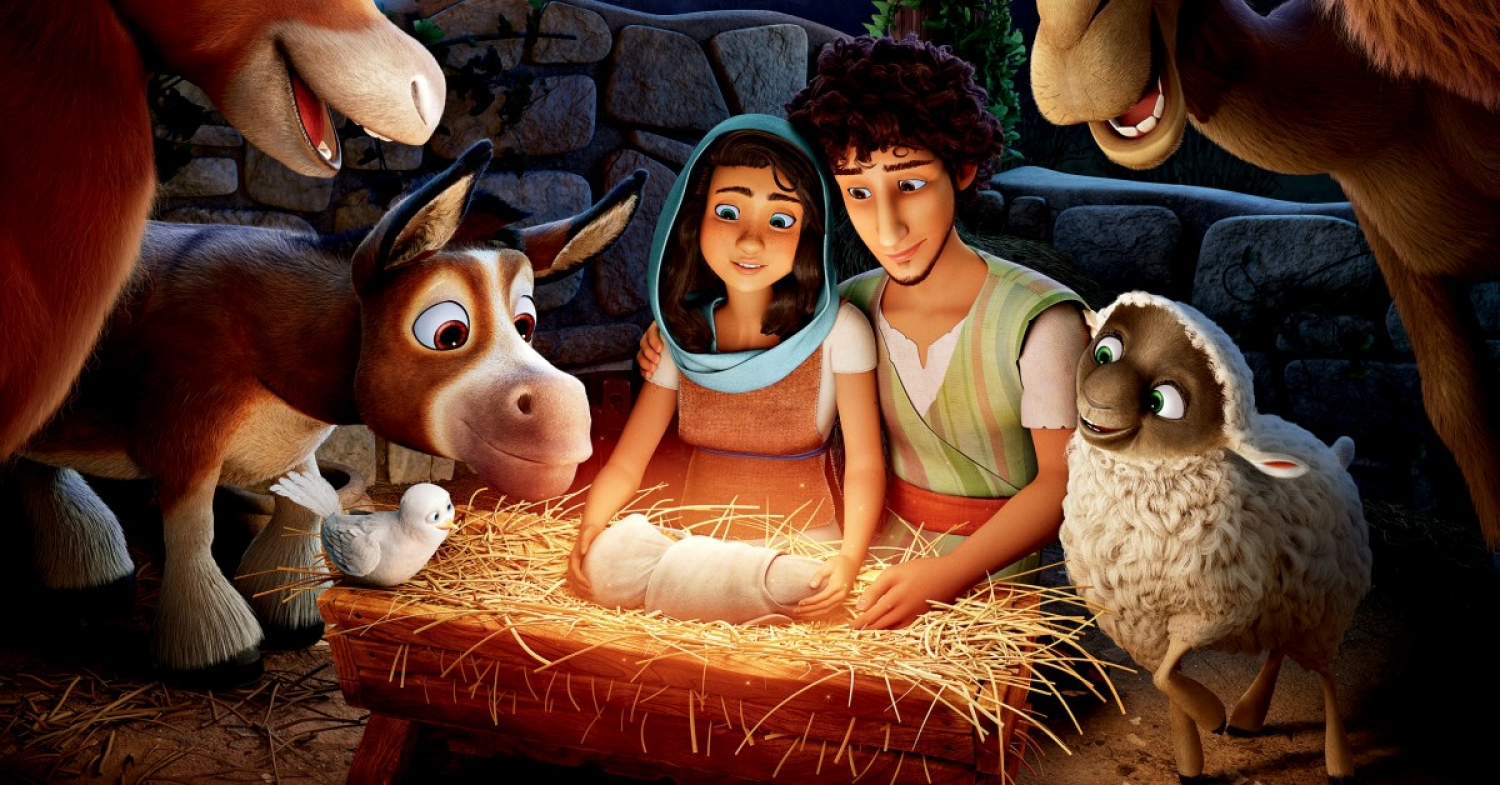

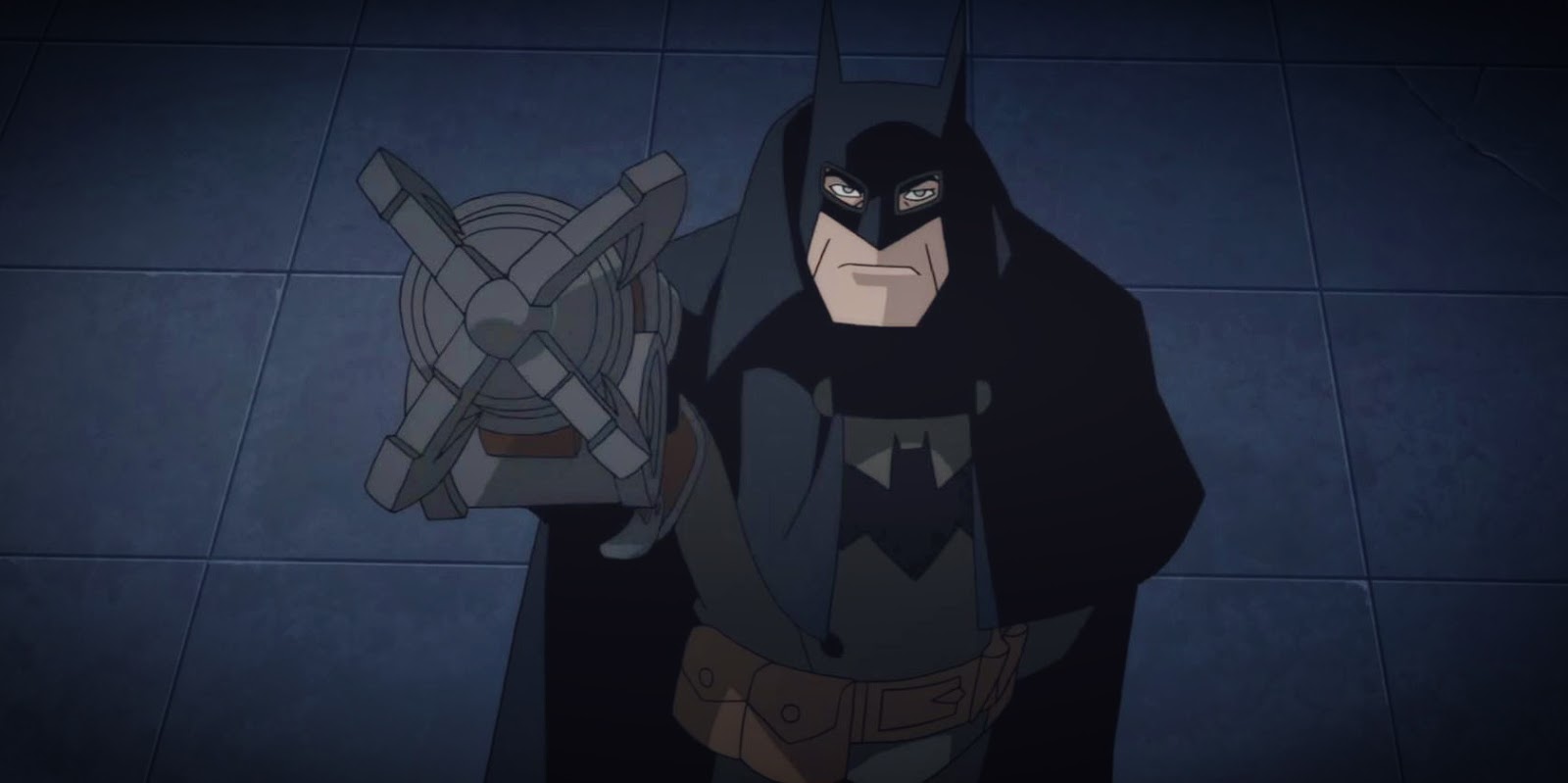

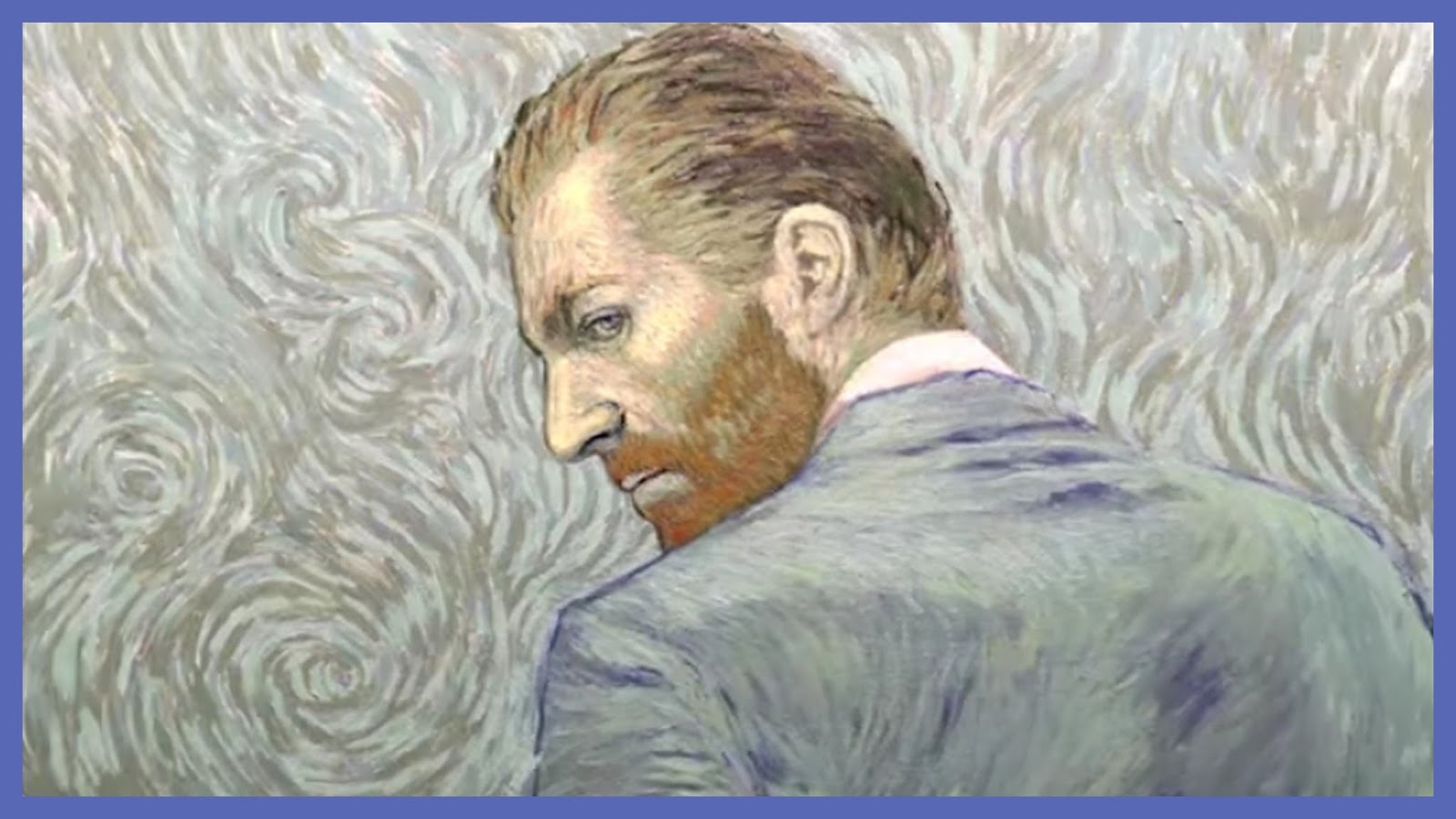

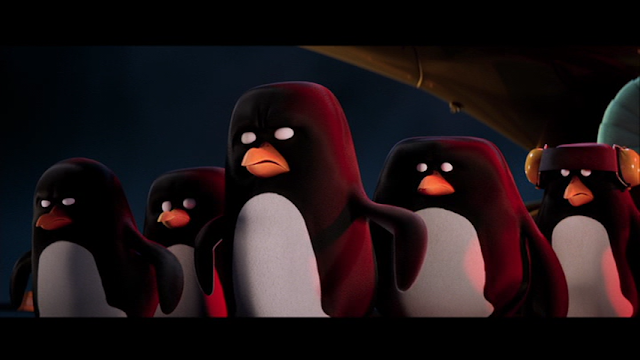

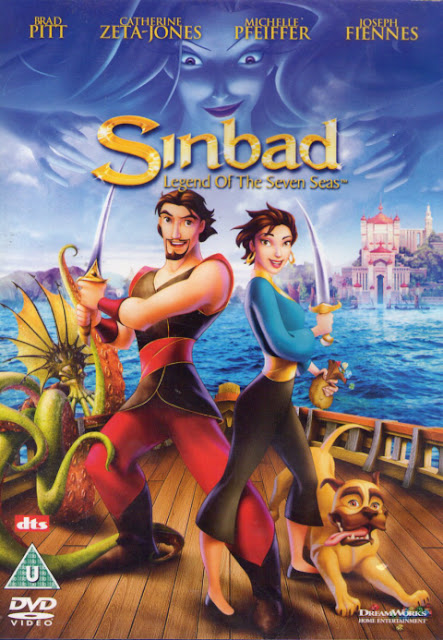
 Just before the dark times of DreamWorks Animation, and animation in general,
during the mid-2000s, there was The Road to El Dorado, a film that is
only wounded by its Disney-isms but not destroyed because of them.
Just before the dark times of DreamWorks Animation, and animation in general,
during the mid-2000s, there was The Road to El Dorado, a film that is
only wounded by its Disney-isms but not destroyed because of them. 
